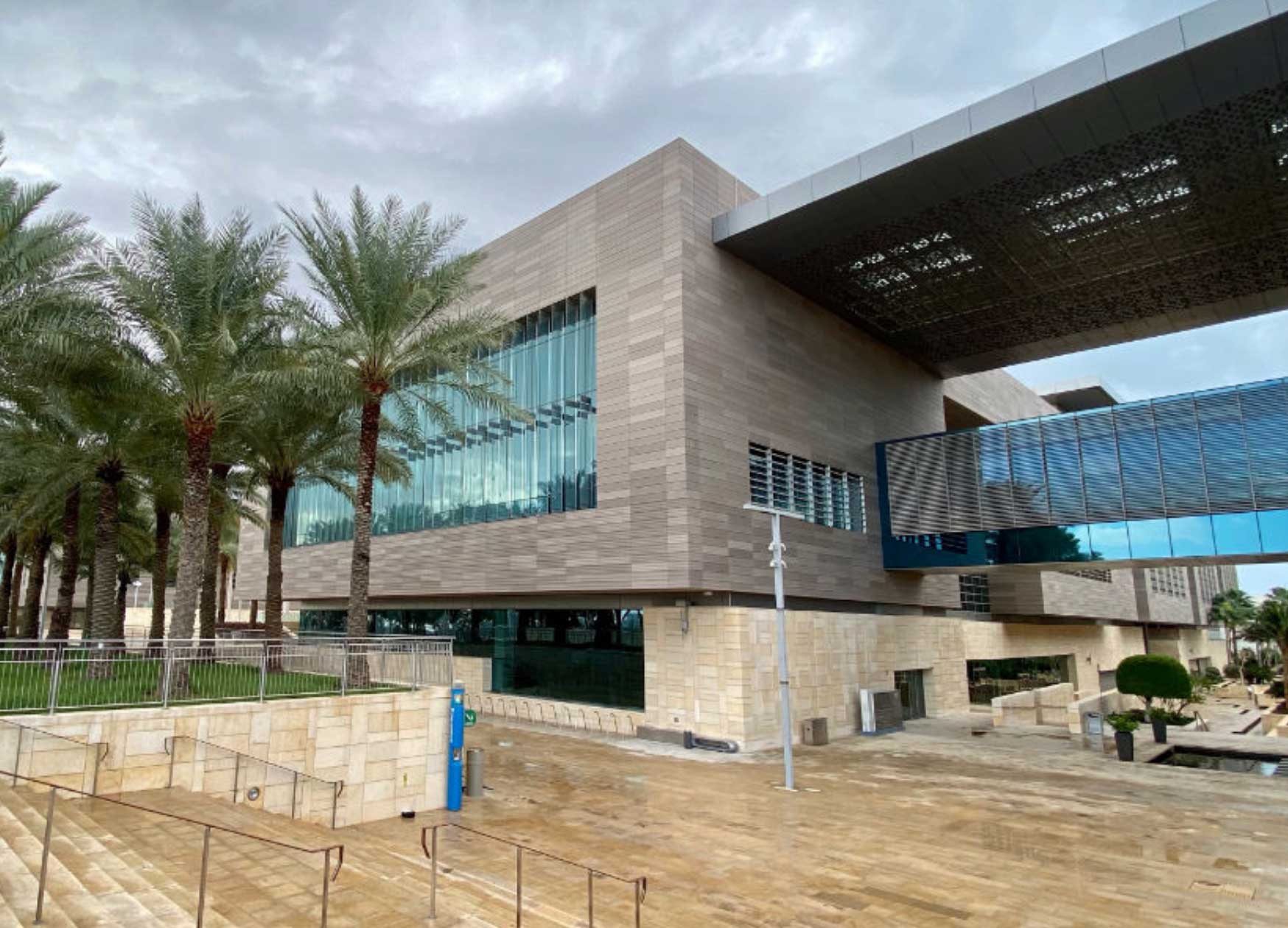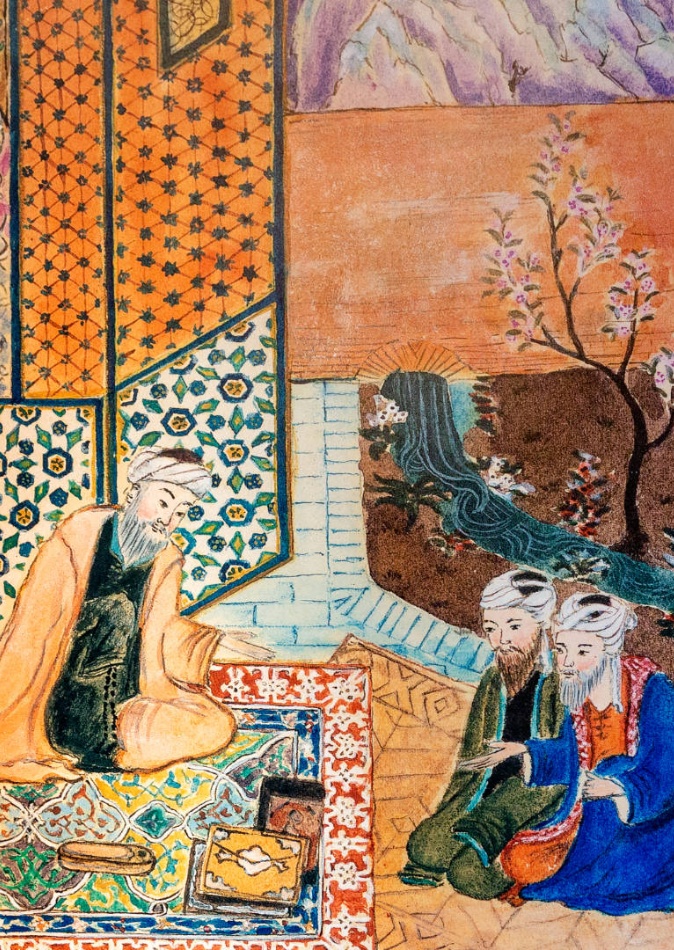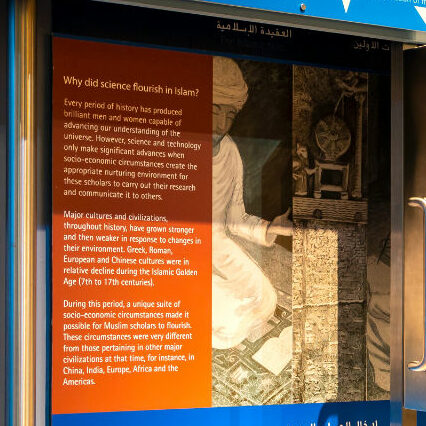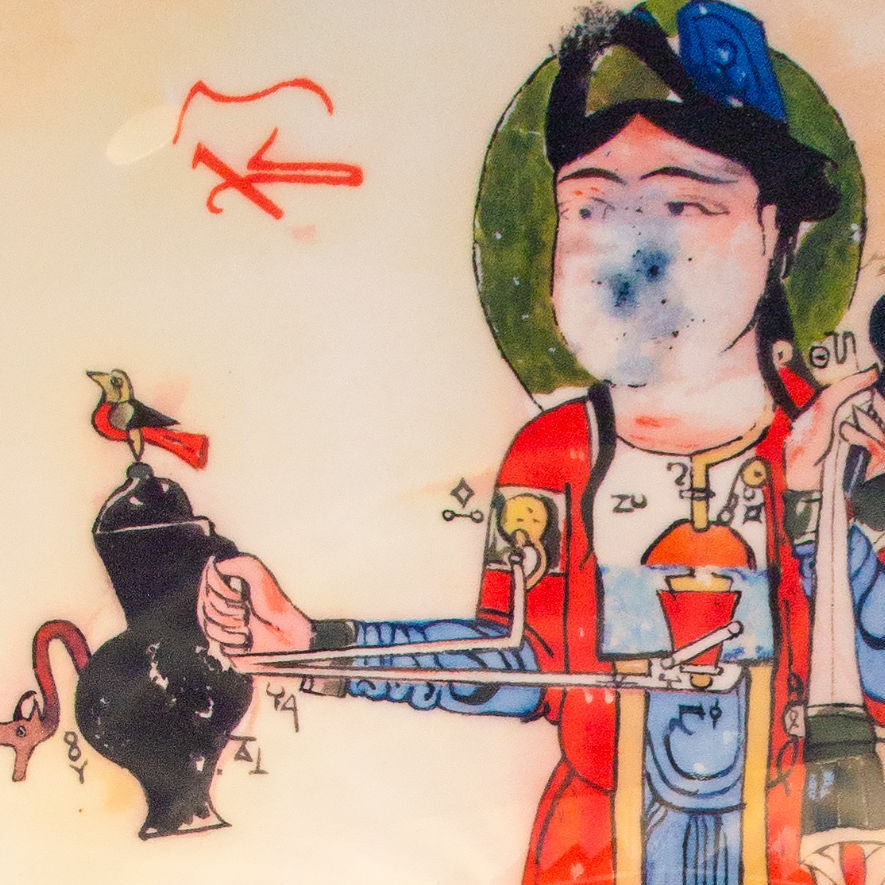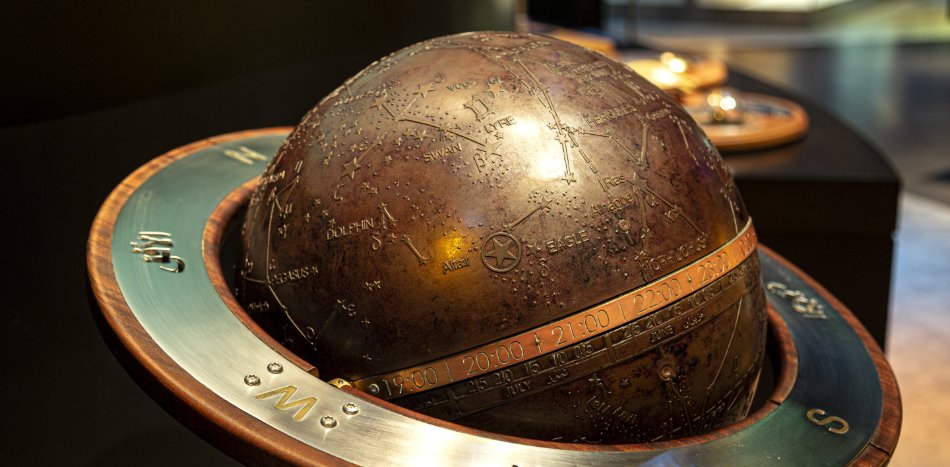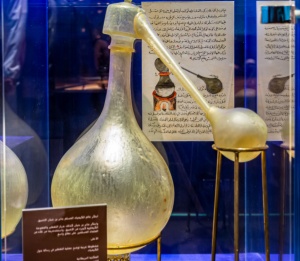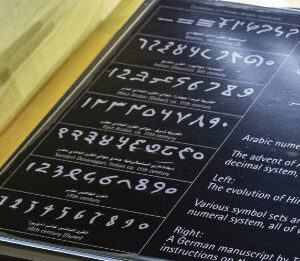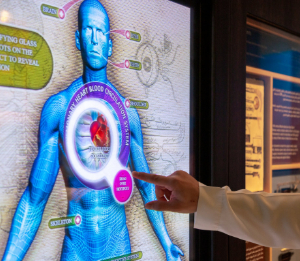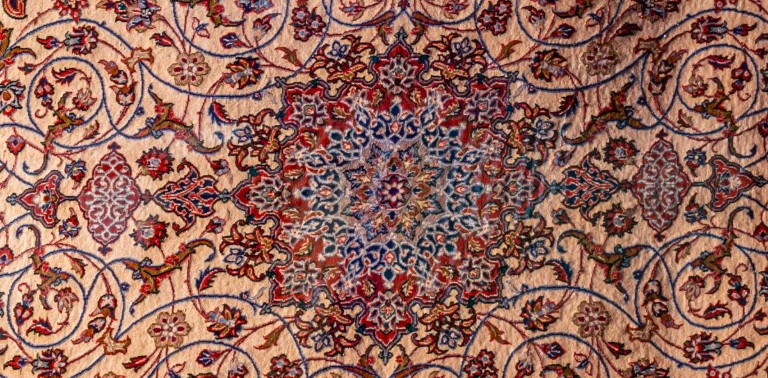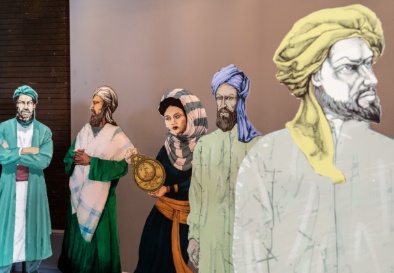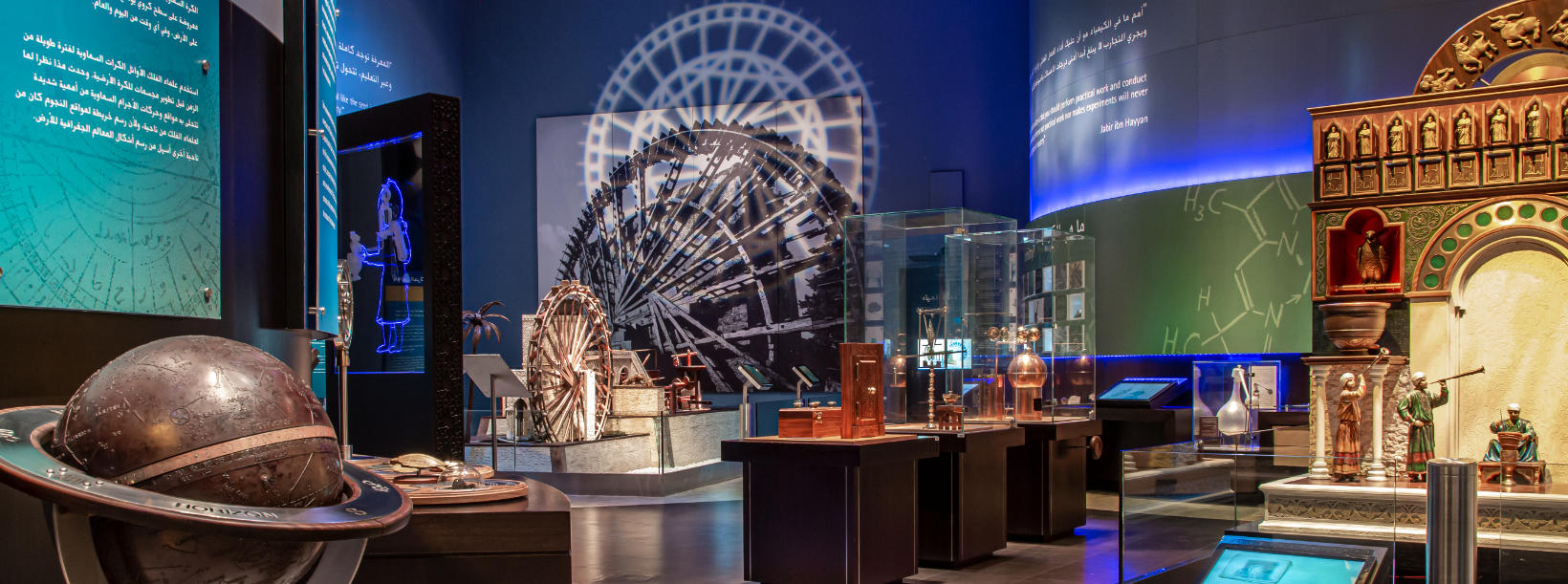
Museum of Science & Technology in Islam
Celebration of the Golden Age of Islam

About the Museum
The Museum’s presence on the University campus is intended to expose the University’s modern-day researchers to the rich historical foundation on which their University has been built, and the illustrious footsteps in which they follow.
The Museum celebrates the contributions of Muslim scholars to science and technology during the first Golden Age of Islam from the 650 to 1650. These Muslim scholars include amongst them the great scientists, inventors, engineers, mathematicians and teachers of that time, such as Jabir ibn Hayyan, Abbas bin Firnas, al-Kindi, al-Razi, al-Jazari and Taqi al-Din.
The Museum demonstrates how their contributions shaped the world as we know it today and how their pioneering work laid the foundation for modern civilization. The benefits of their work are all around us today.
Museum Vision
The Vision of the Museum is to showcase the concept of the ancient ‘Houses of Wisdom’ on whose legacy the King Abdullah University of Science and Technology is based.
Museum Mission
The Mission of the Museum is to create a world class facility for teaching and learning about Islamic contributions to science and technology.

House of Wisdom
The Islamic Golden Age began in the 7th century and lasted until the 17th century. It was a time when the people living in area were encouraged by their faith to use their critical thinking skills to observe nature around them and to inquire, discover and invent.
It all started when Abbasside Caliph Al-Mansour established Baghdad as the center of culture, science and innovation. His first step on the road to discovery was to request the translation of books from earlier civilizations. Such a simple request, backed with a hunger for knowledge, led to the building of a library and translation center known as “The House of Wisdom”.
Read more:
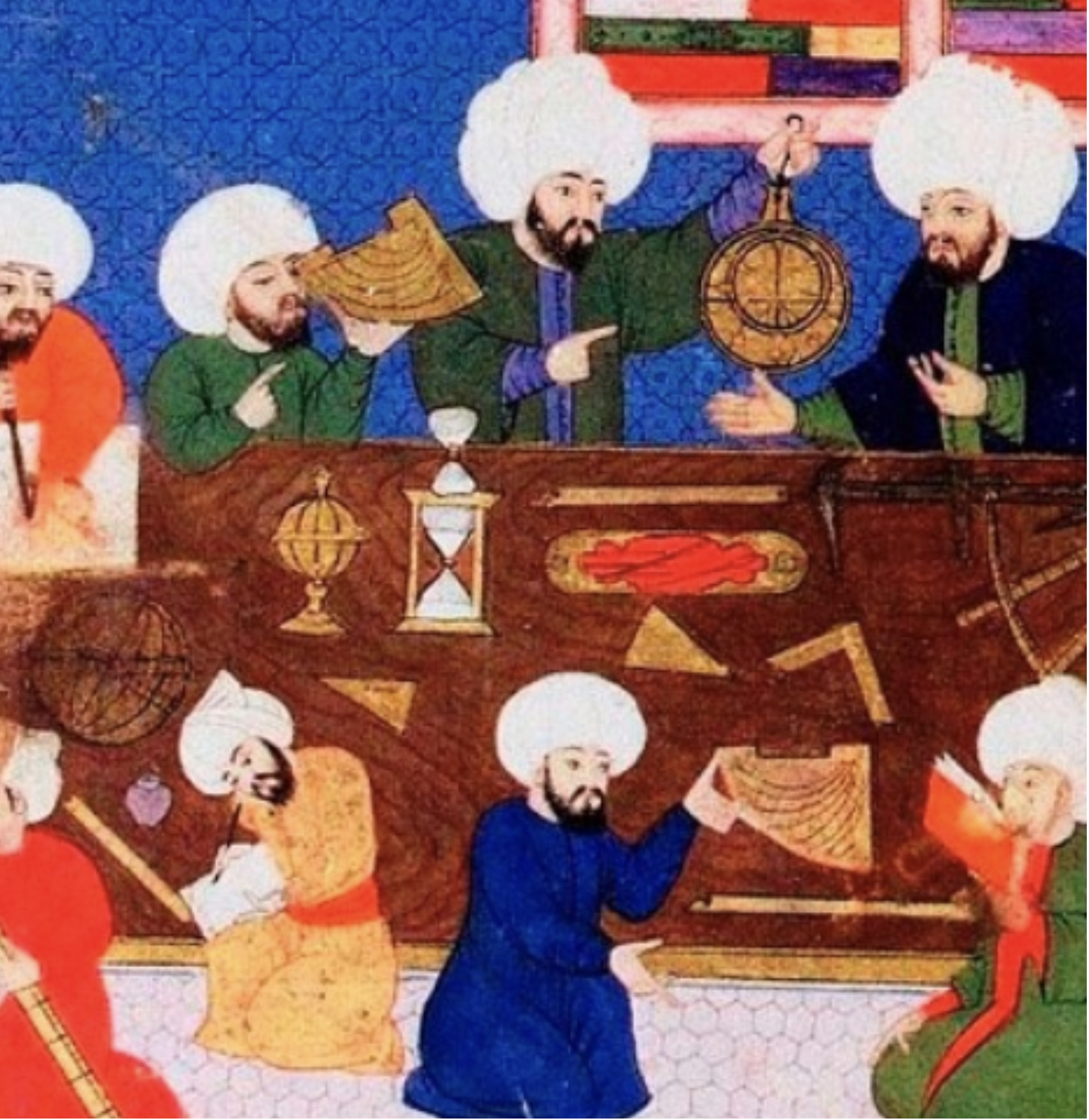
Explore the Museum
The Nine Clusters in the Museum
9:00 a.m. – 4:00 p.m | Sunday to Thursday
Visit each individual cluster to learn more about a specific area
of Islamic scholarship.
The Museum is divided into nine clusters:
- The Introductory cluster, entitled ‘Why did Science Flourish in Islam?’
- Seven technical clusters, that showcase different aspects of Islamic contributions to science and technology
- The Exit cluster, entitled ‘The Revival of Science in Islam’
The nine clusters are illustrated below. In addition to the interactive displays, touch screens and working scale models, the Museum also includes many posters as well as projected images and quotations of famous Islamic scholars.

Visit the Museum
Discover the KAUST Museum by visiting during the regular opening hours:
Sunday to Thursday | 9:00 a.m. – 4:00 p.m
Click here to arrange your visit.
For any inquiries, please contact us at museum@kaust.edu.sa.
Note: KAUST community members and their visitors are welcome to visit the museum without prior booking during regular opening hours.
